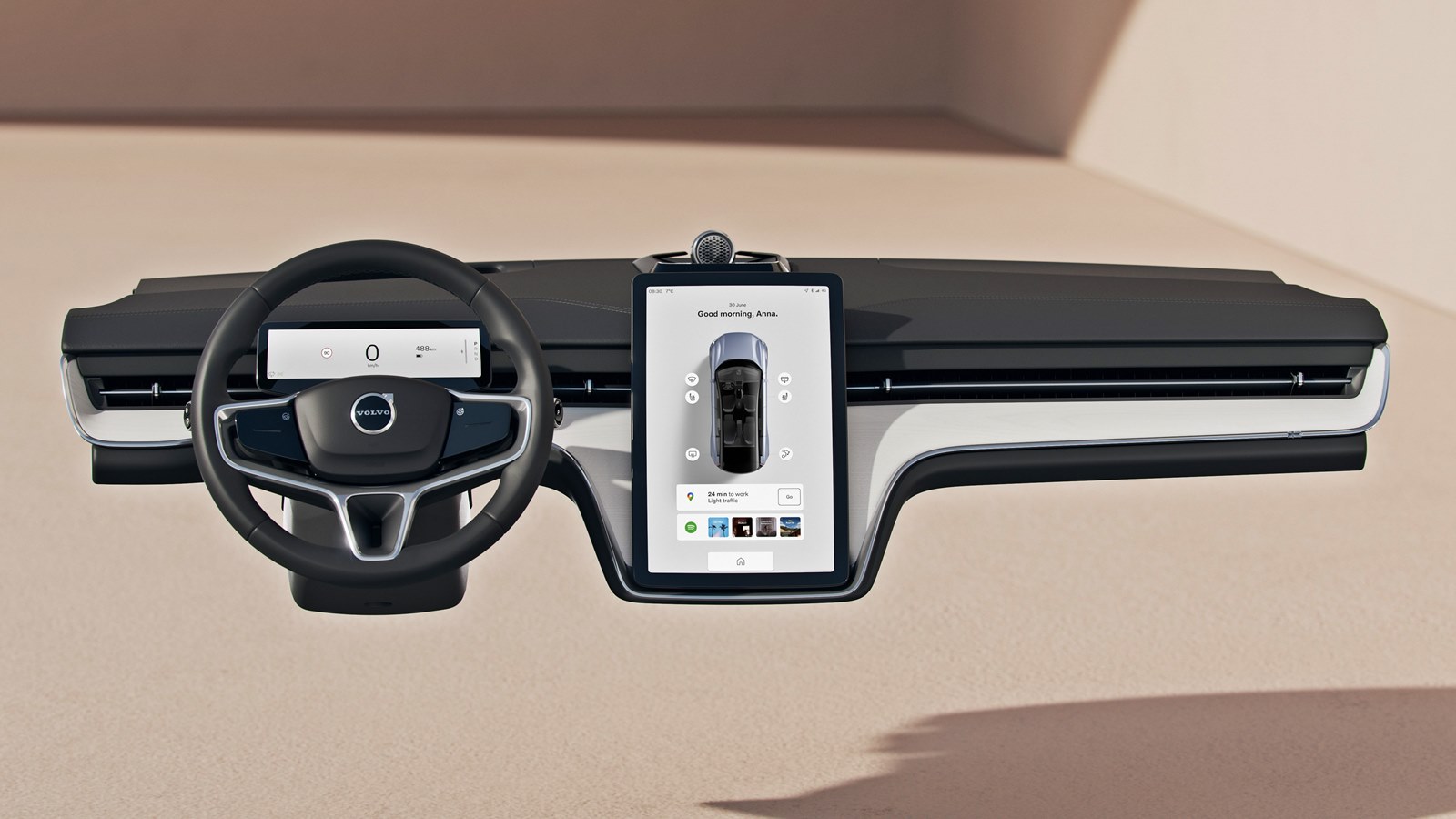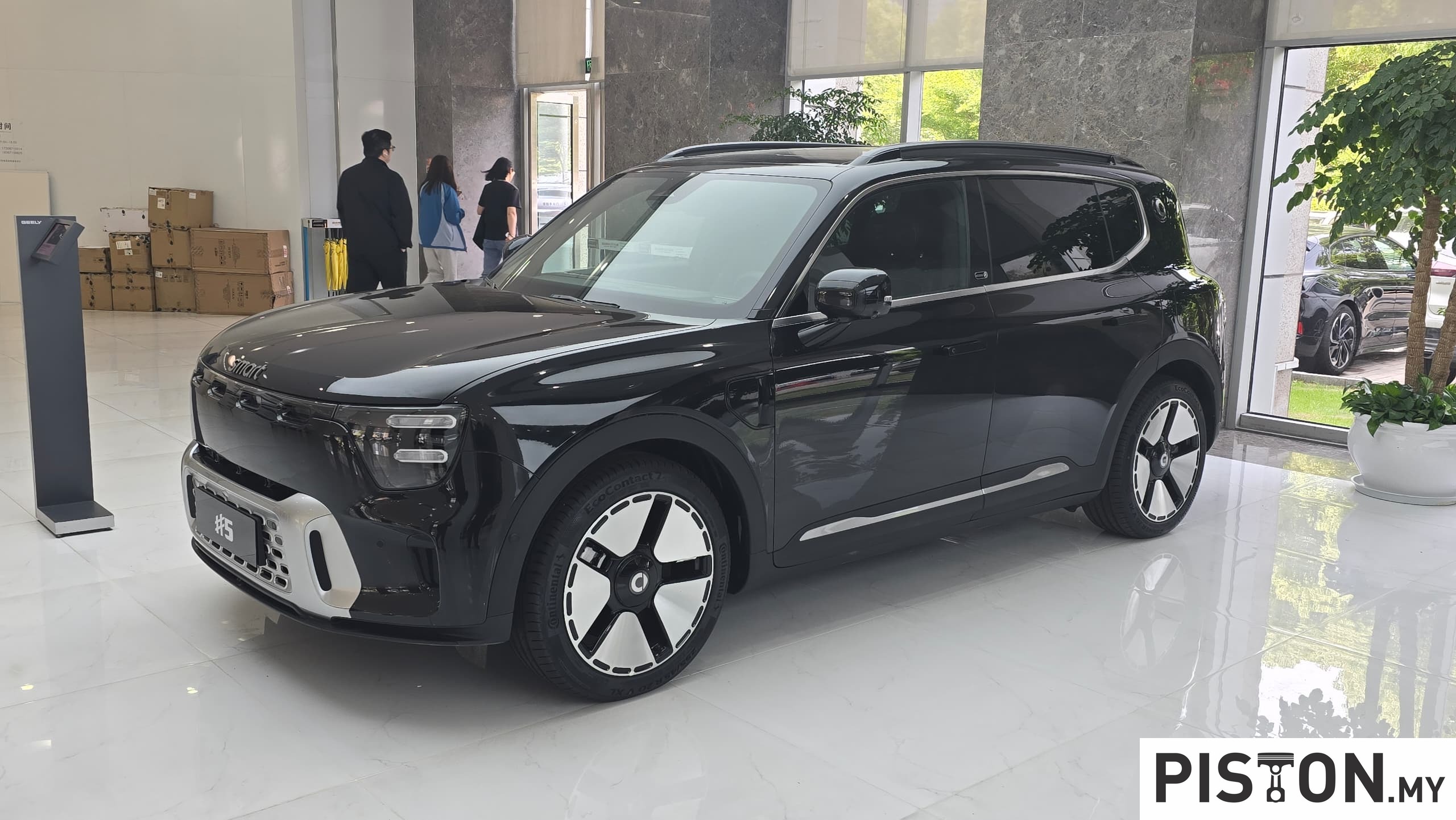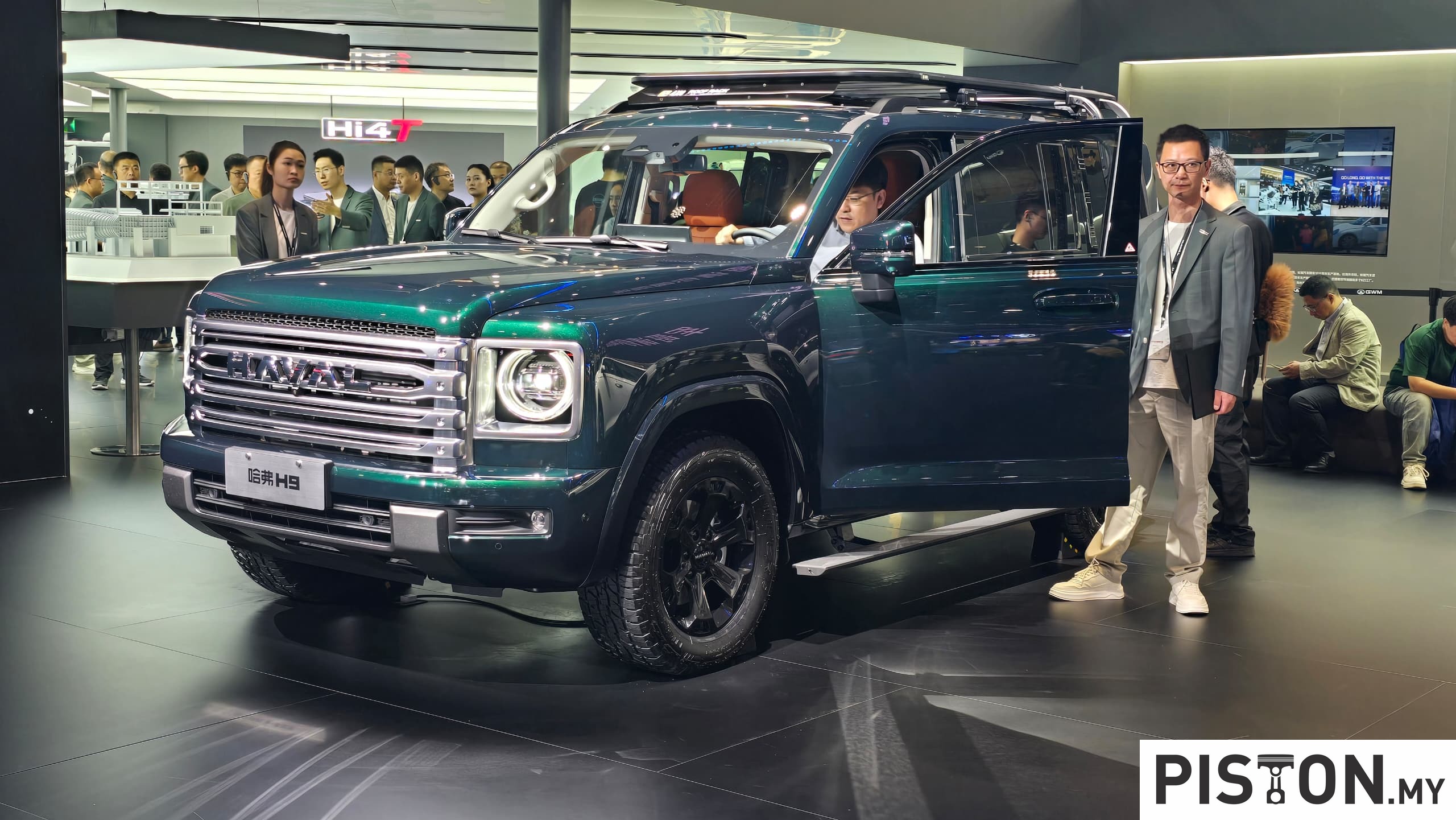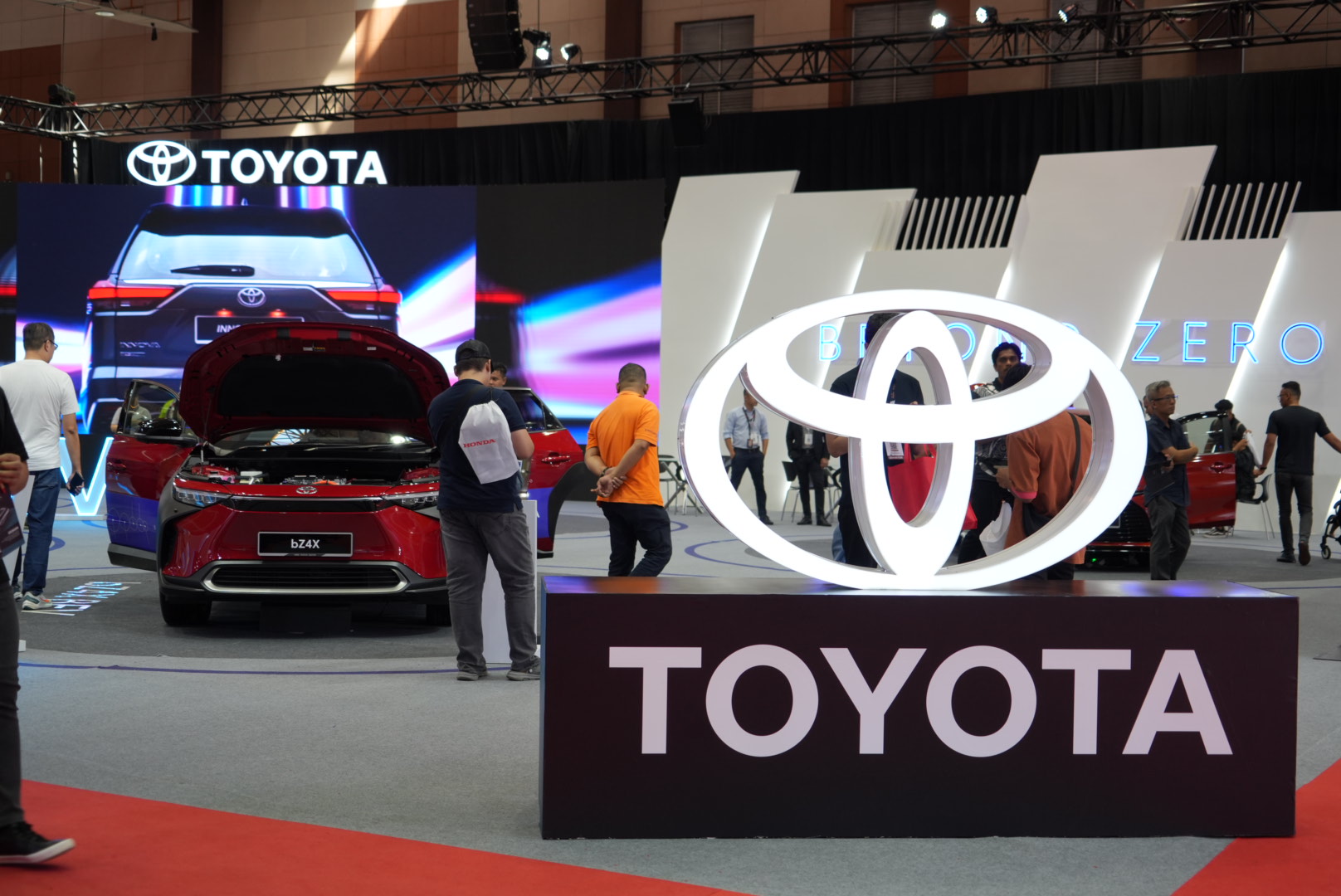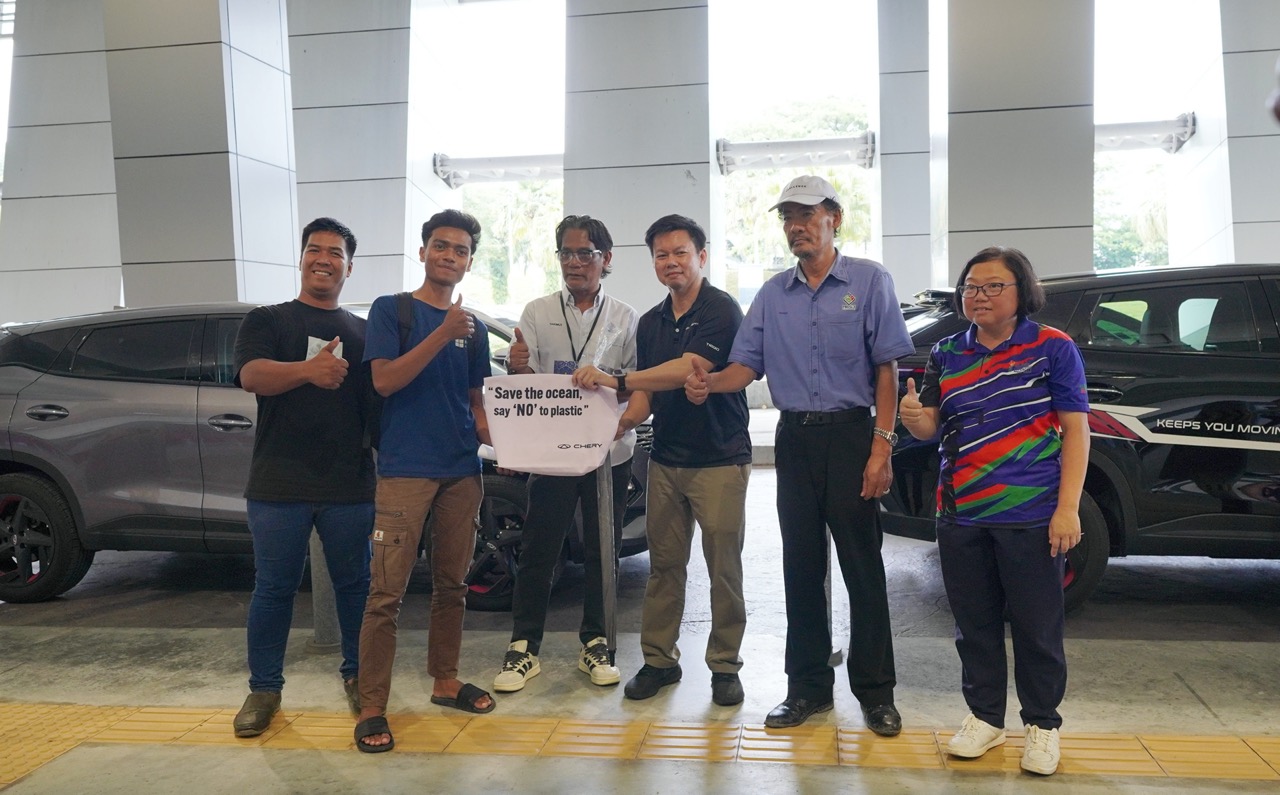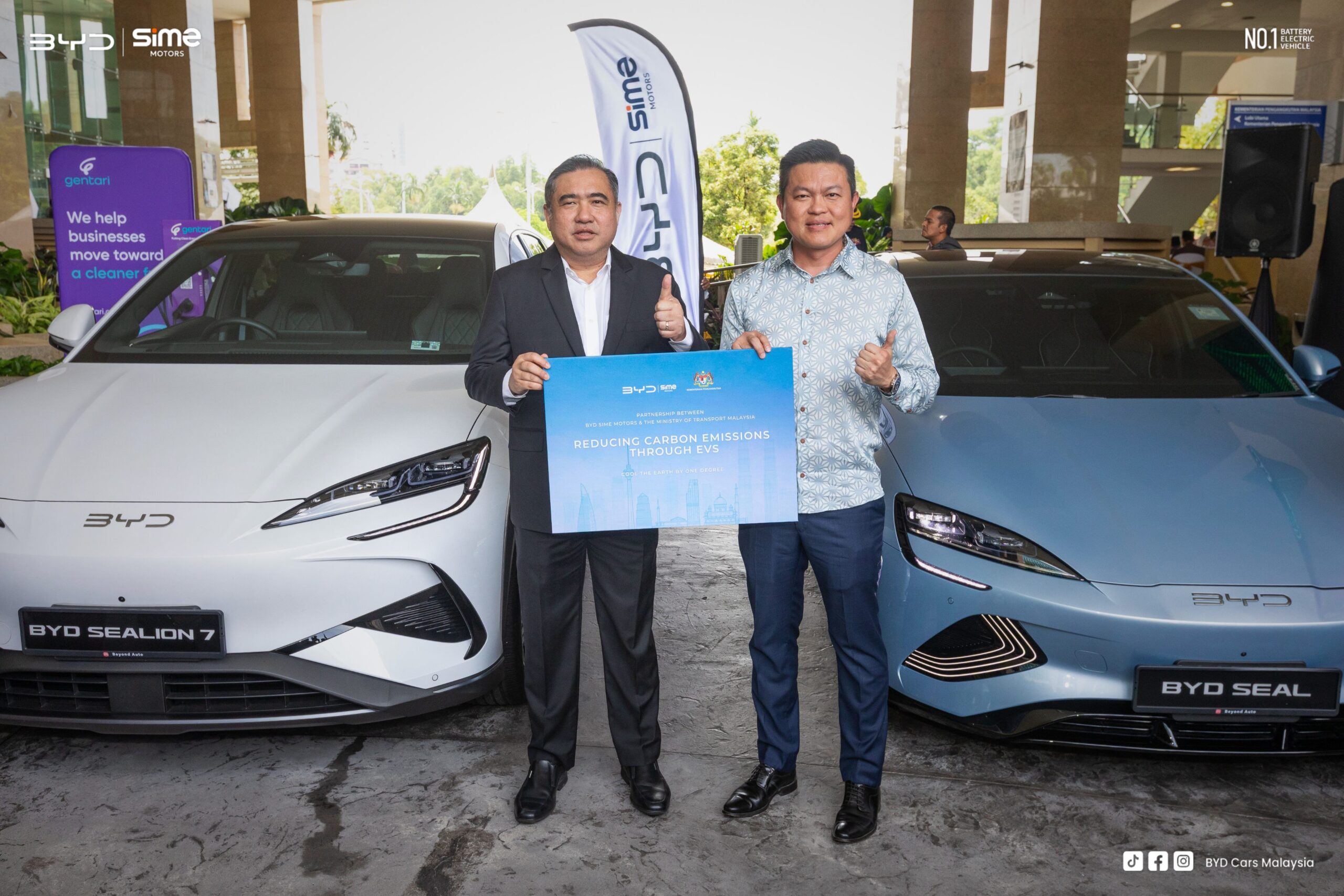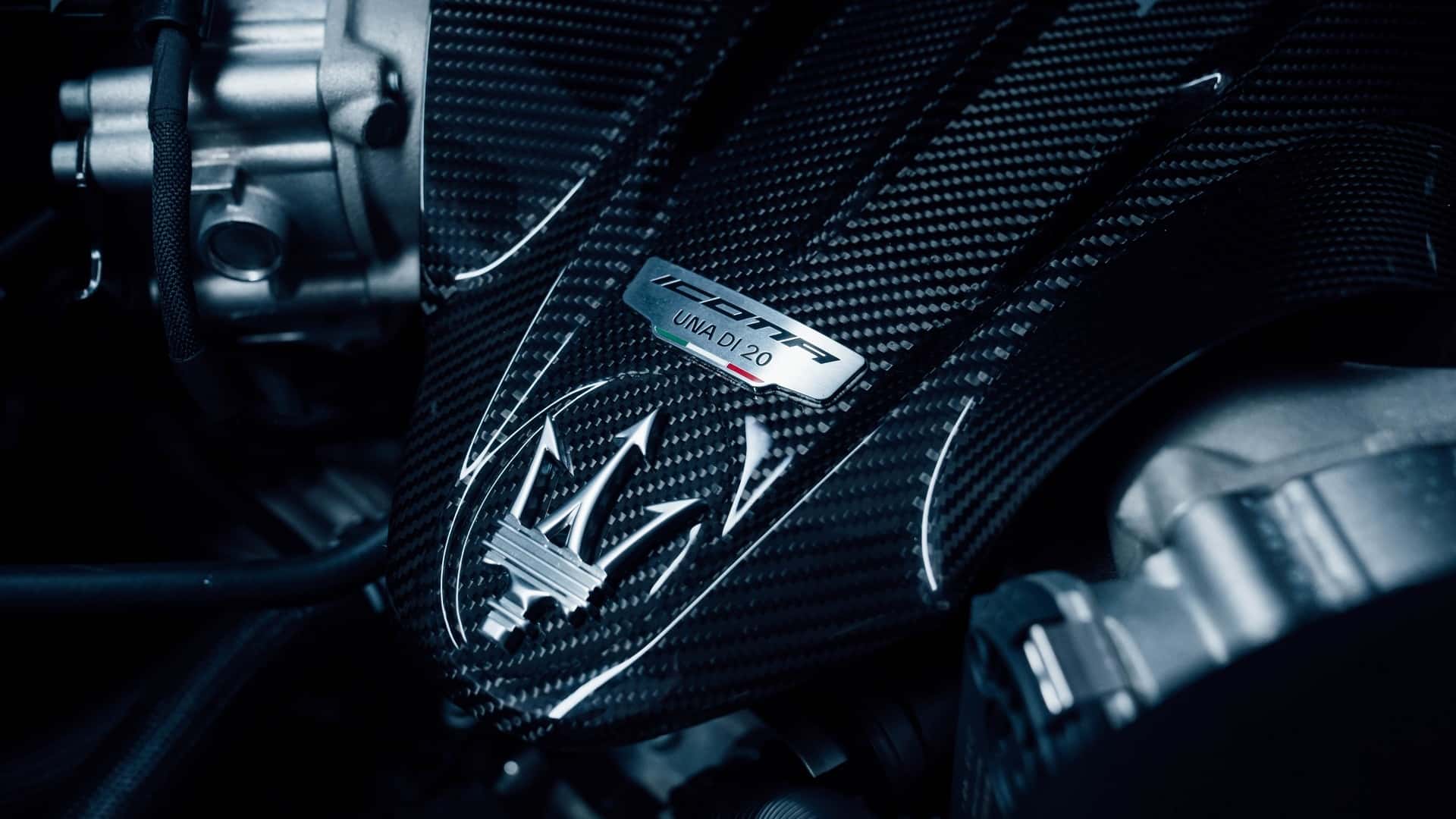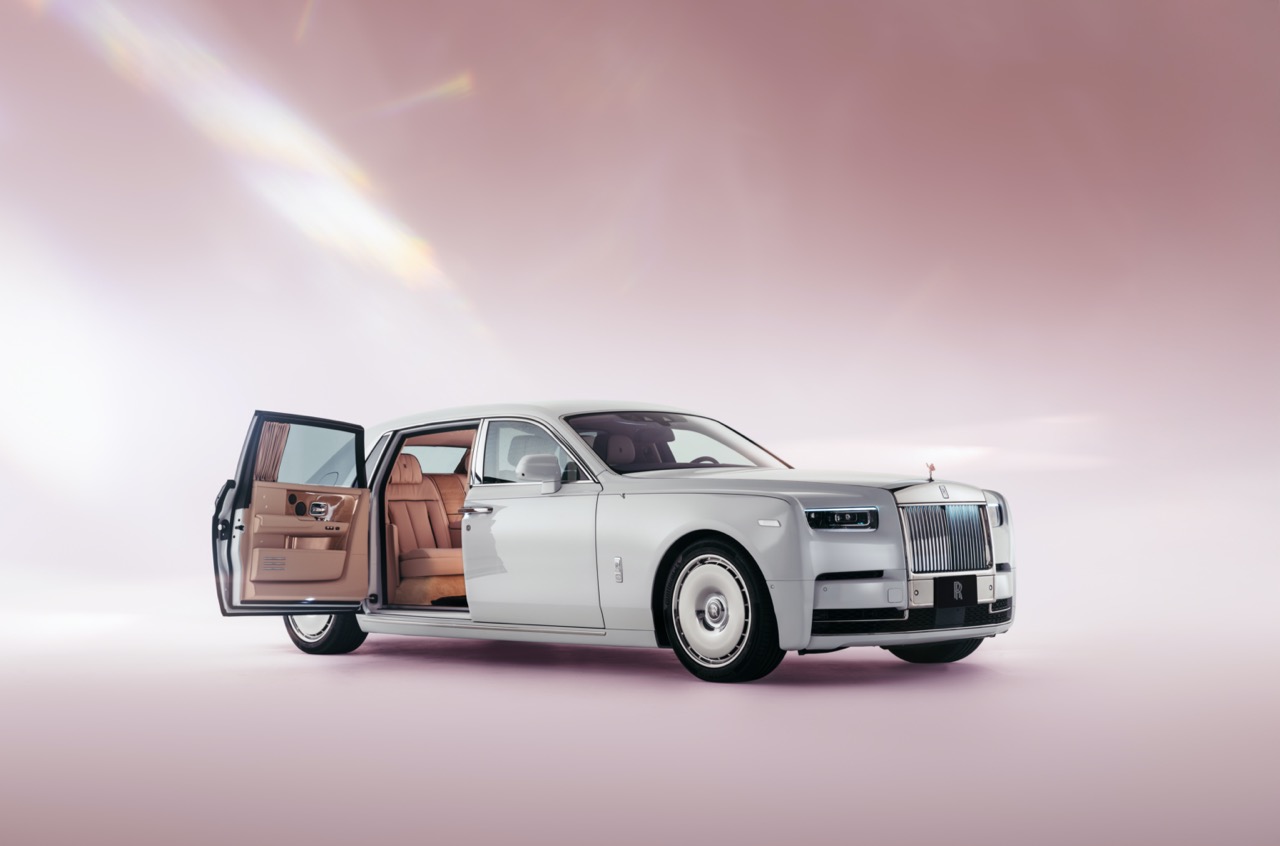Being kept informed and aware are very important elements when driving. In earlier years, the driver only had a few instruments to monitor and to make things easier, warning lights were used so they would only give an alert when something went wrong. Then with electronics and miniaturization increasing from the 1980s, more meters could be inserted on the instrument panel to monitor more areas.
However, many meters were still physical and the number that could be installed was limited. Some even went onto spaces on the dashboard so the driver had to look at two areas. Slowly, the amount of information grew, and there was also more emphasis on being aware of what was going on outside for safety. So the driver began to have a lot of information to view, absorb and process and unlike computers that kept increasing their processing power.
This led Volvo to develop IDIS – Intelligent Driver Information System – an approach which was introduced in the S40 in 2003. IDIS was to prevent information ‘overload’ so the driver would not be distracted while driving but still be alerted if there was something important relating to the car’s operation. The system worked by prioritizing the information and services in the car, depending on the current driving situation. If necessary, the system would delay information during times when the driver was in a situation of higher ‘workload’. However, information vital to safety was never delayed and even the delays were maximum 5 seconds.
A workload estimator continuously monitored the driver’s activity by checking on such parameters as steering wheel movement, speed variations and even the turn signal indicators. This monitored the signals passing through Multiplex computerized electrical system and when a signal exceeded its threshold value, it was considered an ‘event’ and IDIS would decide how important it was and set a delay accordingly.
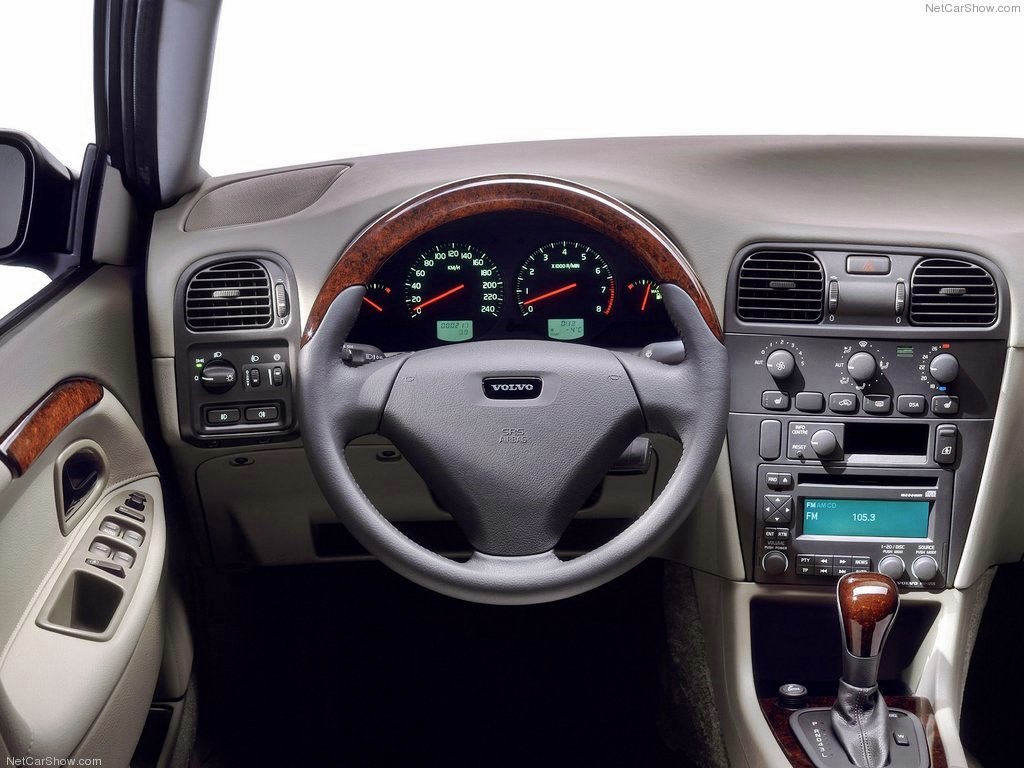
In the 20 years since IDIS was introduced, Volvo has kept the concept in mind, especially with the onset of even more distractions like mobilephones, navigation systems and infotainment systems. Voice-activated systems have helped in reducing hand movements away from the steering wheel. And with the newer generation of cars, there are also digital graphic displays that can display much more information and at the same time be configured to suit the driver’s preference.
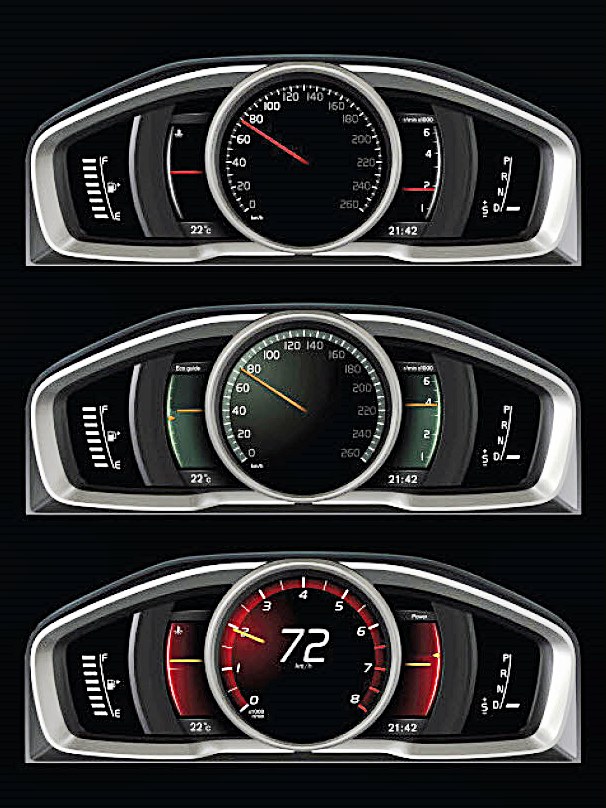
With safety having even greater priority, there are also many more active safety systems to give the driver greater awareness of the situation around the car. There are lots of alerts that warn if the car is moving out of its lane, another vehicle is in the blindspot or even if the gap in front is too little. While all the systems can contribute to safer driving, the driver usually has the option to deactivate some if they become too intrusive or disturbing.
In adding new capabilities, functions and technologies, Volvo has also kept in kind the need to make life easier – rather than creating more distractions or confusion. That’s why, more than ever, the IDIS concept is important and the same goes for accessing features via the car’s screens – they need to be presented in a simplified way according to needs.
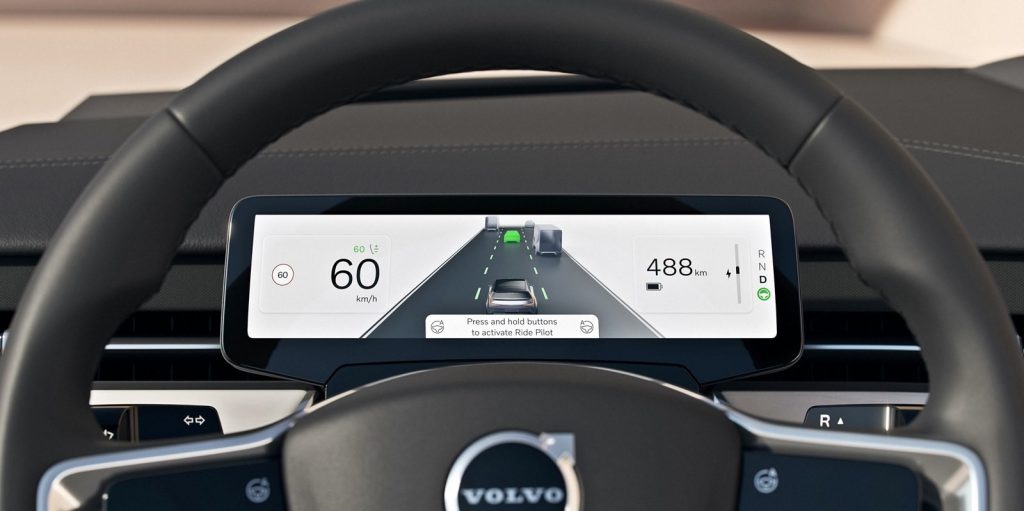
In the Volvo EX90, a fully electric SUV that will soon be launched, a large centre screen gives quick access to navigation, media and phone, as well as controls and other common actions. Depending on whether the vehicle is parked or driving, or there is a phone call, a special contextual bar will suggest the actions that make the most sense for the specific situation at that moment.
For more driving-focused information, such as directions, current speed and range info, there’s a second, smaller screen right behind the steering wheel. This is also where the car contextualises the change from one mode to another, making sure the driver knows what to expect from the car – and what the car expects from the driver.

“It’s all about providing you with the right information at the right time,” said Thomas Stovicek, Head of UX at Volvo Cars. “We want your driving experience to be focused, simple and safe. Since the car also understands its surroundings and you better than ever before, we can create an even safer situation by reducing mode confusion, distraction and information overload.”
“By combining the car’s exterior and interior sensing with in-house developed software and the car’s central computing power, we gain a new level of understanding of you and the world around you. The ambition is that the car should be able to read each situation and provide you with contextual information based on that input,” he explained.
This means that the car supports the driver at all times. The state-of-the-art sensor set gives a full 360-degree view of the car’s surroundings, allowing the car to react to things going on around it proactively, even when the assisted driving mode is inactive.
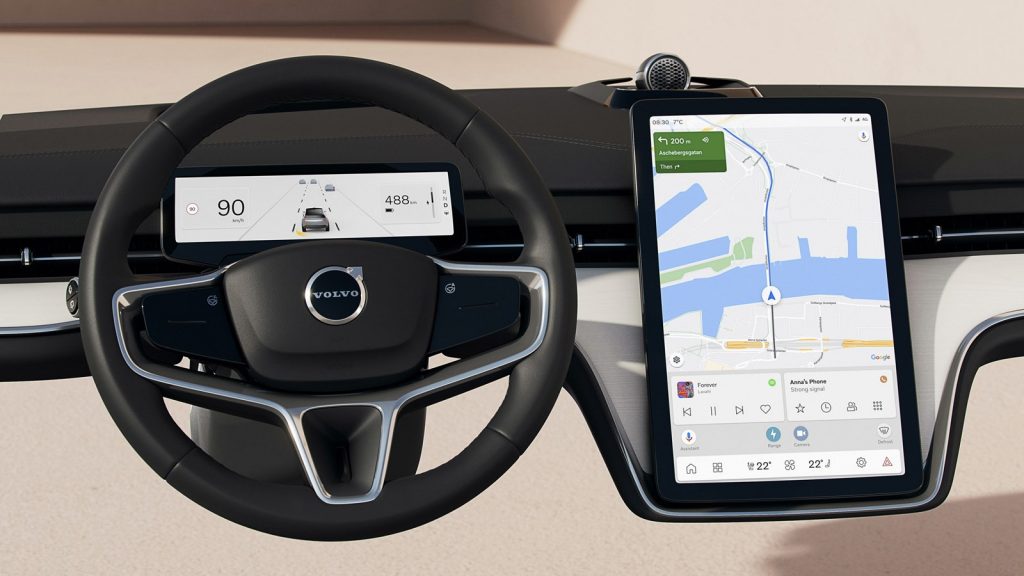
When in assisted driving, the car collaborates with the driver. The car will continuously let the driver know what it’s currently seeing, and what information it’s acting on. Beyond providing steering support and helping maintain a consistent speed, the mode assists while changing lanes.
The EX90 has also been prepared for autonomous driving at more advanced levels when human supervision is not needed. The hardware is available and the contextual user interface is designed to make the transition between the different driving modes as predictable and smooth as possible.




